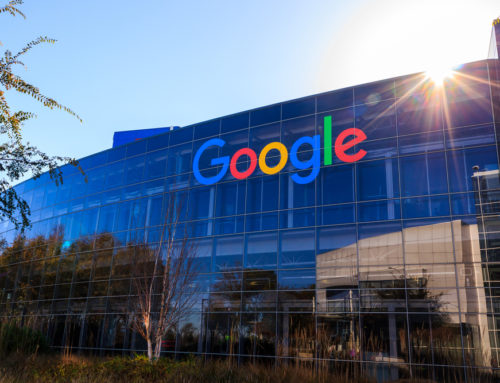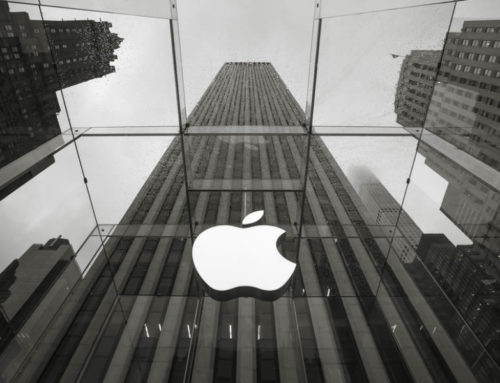Each fall, major tech companies host highly-produced keynote speeches that highlight new products and services. Most events are headlined by the announcement of a new phone or laptop, although beginning in 2014 with the announcement of the original Apple Watch, September and October product launches have showcased new categories of technology that often have major health implementations. 2019 was no different—from big news on the Apple Watch to Amazon’s long-range but low-band wireless network, the last six weeks have been full of big announcements that will impact the health sector for years to come.
Apple drops the price on the Apple Watch Series 3
Apple’s September keynote is perhaps the most high-profile event each fall, mostly because that’s when Cupertino announces the latest and greatest iPhones. More importantly for the digital health sector, this is also when new Apple Watches are announced. After the Fall 2018 event that saw ECG functionality and an early detection algorithm for atrial fibrillation included in the Apple Watch Series 4 (both cleared by the FDA), the 2019 Apple Watch was predicted to be a smaller, more iterative improvement over its predecessor. The Series 5 did end up being a smaller update, but the big takeaway for the digital health sector is that the price of the Series 3 Watch has dropped to $199. At this price point, Apple is now competing directly with Fitbit (their flagship Versa 2 smartwatch is actually $30 more expensive than the newly discounted Series 3). In addition to putting market pressure on Fitbit, it’s likely that this announcement will make the Apple Watch accessible to a much broader, price-conscious consumer base who will now be able to take advantage of Apple’s biometric monitoring and health tracking functionality.
Wireless earbuds are their own category now
As more and more flagship phones ship without a headphone jack, Bluetooth-enabled wireless headphones are emerging as a new product category. Apple announced a small upgrade to their popular AirPods earlier in the year (and may announce a more substantial update later in the fall in anticipation of the holiday season) while Amazon, Microsoft, Samsung, and Google all announced their own wireless earbuds. While there is no health-specific functionality yet, it seems clear that these devices are all meant to be worn for extended periods of time—Microsoft’s Surface Ear Buds feature 8-hour battery life, Google’s Pixel Buds include long-range connectivity that allows users to wear them up to 100 feet away from their phone or device, and all the devices announced feature robust digital assistant integration. The health potentials for “always-on” earbuds can be seen in the hearing aid sector where manufacturers like Starkey are beginning to incorporate fall detection, heart rate monitoring and even blood pressure monitoring into their hearing aids. Apple is also rumored to be working on new AirPods that include biometric monitoring functionality that were first described in patents going back as far as 2014.
The huge potential of Amazon Sidewalk
Amazon takes a much different approach to product announcements—instead of a high-profile event where three or four flagship devices are announced, Amazon’s fall product launch was more like a low-profile press briefing that included dozens of new products, from new Echo devices and wearables to home security cameras and even a smart nightlight! The most impactful announcement may have been for a product that most consumers won’t see for several years—an extended-range wireless network they call Sidewalk. Using a radio band usually reserved for amateur radio operators, Amazon hopes to create hubs that can provide a fast, secure connection for up to a mile in any direction. As adoption increases, a mesh network of access points could be built out to cover large metropolitan and suburban areas, providing blanket connectivity for IoT devices and wearables that could increase both the power and reach of critical health and lifestyle data.
Moving Forward
We’ve arrived at a point where health technology is becoming an out-dated term as consumer technology offers more and more health functionality while innovative clinicians leverage lifestyle and non-clinical data sources to provide high-quality, personalized care to their patients. The most successful providers will embrace this new health technology ecosystem, and HealthSnap is already helping innovative clinicians and health systems to make that vision a reality today.
Help your patients understand how their lifestyle impacts their health by encouraging them to use our data-driven lifestyle management platform. With HealthSnap, you can easily understand and remotely monitor your patients’ lifestyle health to make data-driven care decisions.











Leave A Comment
You must be logged in to post a comment.